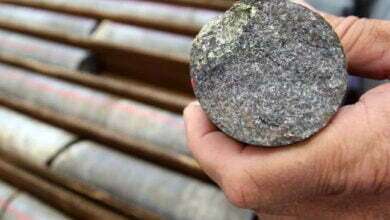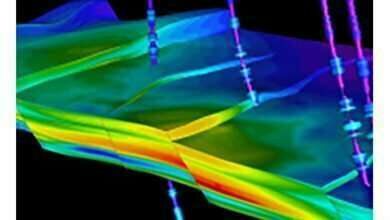Fluid Saturation Determination
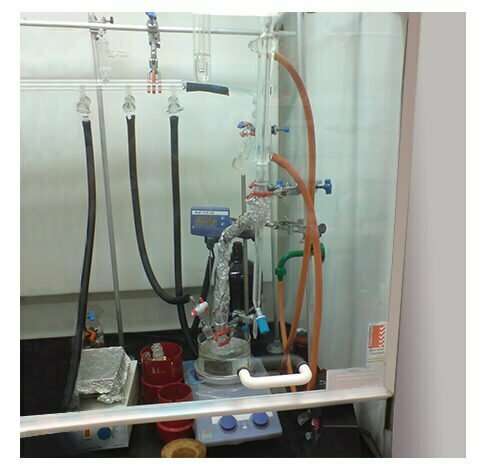
Learning Objectives
After completing this topic “Fluid Saturation Determination“, you will be able to:
- Describe how oil gas and water can be distributed within reservoir rocks.
- Discuss the concept and interpretation applications of irreducible water saturation.
- Compare and contrast the retort distillation and Dean-Stark methods for measuring the water saturation of core samples in the laboratory.
- Discuss the different effects of using water base and oil base coring muds on the measurement of fluid saturations of core samples.
Fluid Saturations in Reservoir Rocks
The pore spaces in rocks which form oil and gas reservoirs are always completely saturated with fluids. There are never any void spaces within the pores of a reservoir rock formation. The component fluids in a hydrocarbon reservoir rock’s pore spaces are oil (Figure 1), gas (Figure 2) and, of lesser commercial importance, water. Figure 3 illustrates these fluids in a saturated oil reservoir with a gas cap.

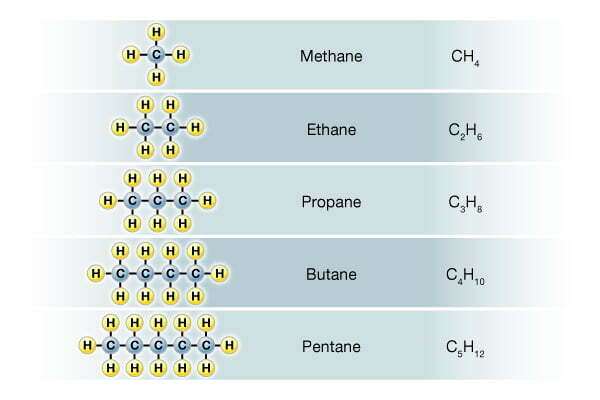
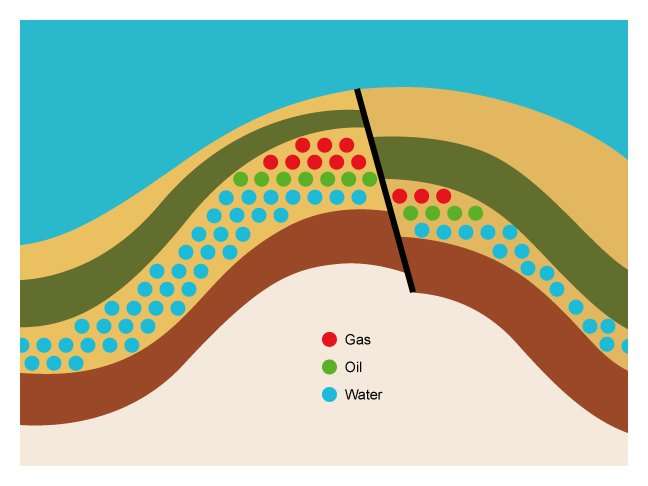
Fluid saturation is the measure of the fluid volume present in the pore volume of a porous medium, such as a hydrocarbon reservoir. The saturation of any particular fluid is the ratio of that fluid volume to the total pore volume of the rock.
A large majority of the sediments forming today’s reservoirs were originally laid down in aqueous depositional environments (oceans, seas, rivers, deltas and lakes) (Figure 4), and so their pores were originally completely saturated with water. The water saturation was 100% in the pore spaces.

Connate Fluid
Connate fluid is the term for liquids that were trapped in the pores of sedimentary rocks as they were deposited. These liquids are largely composed of water, but also contain mineral components as ions in solution. After sediment deposition and during its burial, compaction, and rock diagenesis, the water may have changed in composition, but the water saturation remained 100% until hydrocarbons (Figure 5) entered the pore spaces, often over a period of time, forcing the water out.
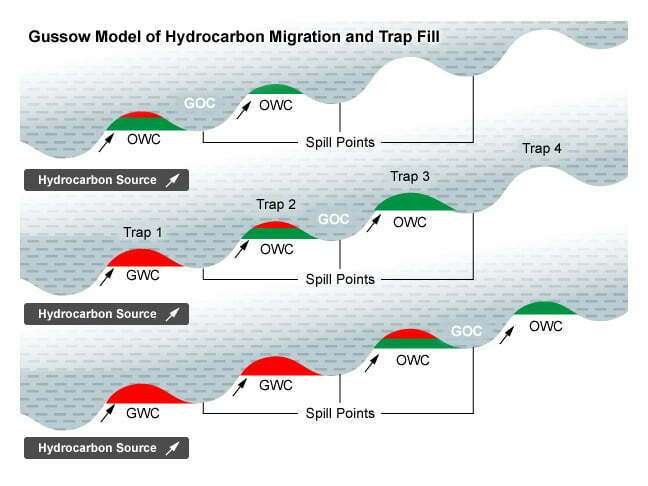
By oil industry convention, it is the water saturation (that percentage of the total pore space occupied by water), Sw, which is normally quoted in reports and studies. Consequently, the term used to indicate hydrocarbon saturation is 1-Sw.
Irreducible Water
The irreducible water saturation, Swirr, is the fraction of the pore space occupied by water when the hydrocarbon content is at its maximum. Irreducible water saturation is normally associated with the capillary pressure exerted on the rock-fluid system. It is defined as the pore volume of water that cannot be forced out of the pore system at a given threshold of capillary pressure during a primary drainage process, such as the initial charging of a hydrocarbon reservoir. (Oil migrates into most reservoirs as the non-wetting phase; therefore, the initial charging of the reservoir is a drainage process.) This value is normally used to calculate the initial hydrocarbon volume in place in the static reservoir modeling process. The irreducible water saturation is usually determined through well log interpretation and calculation of the water saturation in reservoir rock above the transition zone or by special core analysis.
The irreducible water saturation is also an important attribute for quantifying a reservoir’s flow capacity. High in-situ capillary pressure causes connate water saturation in reservoir rocks to approach the irreducible state, thereby providing a direct link between electrical and hydraulic conductivities.
The term irreducible water saturation is often used interchangeably with critical water saturation, which is defined as the water saturation at which the corresponding water phase relative permeability falls below a threshold value. The latter value is often used to calculate water production in dynamic reservoir modeling. In both theory and practice, these two values are very close to each other. The critical water saturation value should be compared to the reservoir’s in-place water saturation calculated from well logs. If the in-place water saturation does not exceed the critical value, then the well will produce only hydrocarbons. These saturation comparisons are particularly important in shaly and low permeability reservoirs, where irreducible and critical water saturations can sometimes exceed 60% while still producing only hydrocarbons.
In 1965, the researcher R.S. Buckles proposed that porosity and irreducible water saturation are hyperbolically related, as follows:
Porosity × Irreducible Water Saturation = Constant
The magnitude of the constant has also been shown to be related to the rock type and to its permeability (Figure 6). Normally, the lower the value of the constant, the better the quality of the rock.

However, extensive analysis over the last several years of both core data and petrophysical estimates of porosity and irreducible water saturation from a full range of reservoirs worldwide suggests that Buckles’ relationship is a unique solution to a more general equation:
PorosityQ × Irreducible Water Saturation = Constant
The value of the power function, Q , ranges from about 0.8 to about 1.3. In many reservoirs, it is close to 1.
Water Saturation Distribution
The distribution of water saturation values in a reservoir is an important parameter for the determination of the hydrocarbon in place volumes. Traditionally, to distribute water saturation within a hydrocarbon accumulation, resistivity and porosity well log data have been interpreted in conjunction with capillary pressure and the saturation exponent (n) parameter for the selected water saturation equation derived from special core analysis. This technique has the additional advantage of using data acquired at the reservoir conditions.
The correct evaluation of the initial water saturation in a hydrocarbon reservoir is essential for enabling informed decisions on which reservoir intervals to complete in order to obtain water-free production, and influences a variety of production and formation damage issues (due to phase trapping). Due to their influence on the relative permeabilities of the reservoir fluids, initial fluid saturations affect the flow properties within the reservoir.
Determining the connate water saturation (Swc) from full diameter cores cut with oil base coring fluids has been an industry standard for some time. The initial laboratory measurement of the water saturation is usually at ambient conditions, normally corrected for any mud filtrate invasion and/or salt content. Corrections should be made for both the temperature and pressure effects on the water phase and the overburden pressure effect on the porosity. Contamination from the mud filtrate of water base muds is the most important concern for determining Swc from cores, and this is best overcome by using oil base muds when coring the hydrocarbon bearing intervals of the reservoir.

